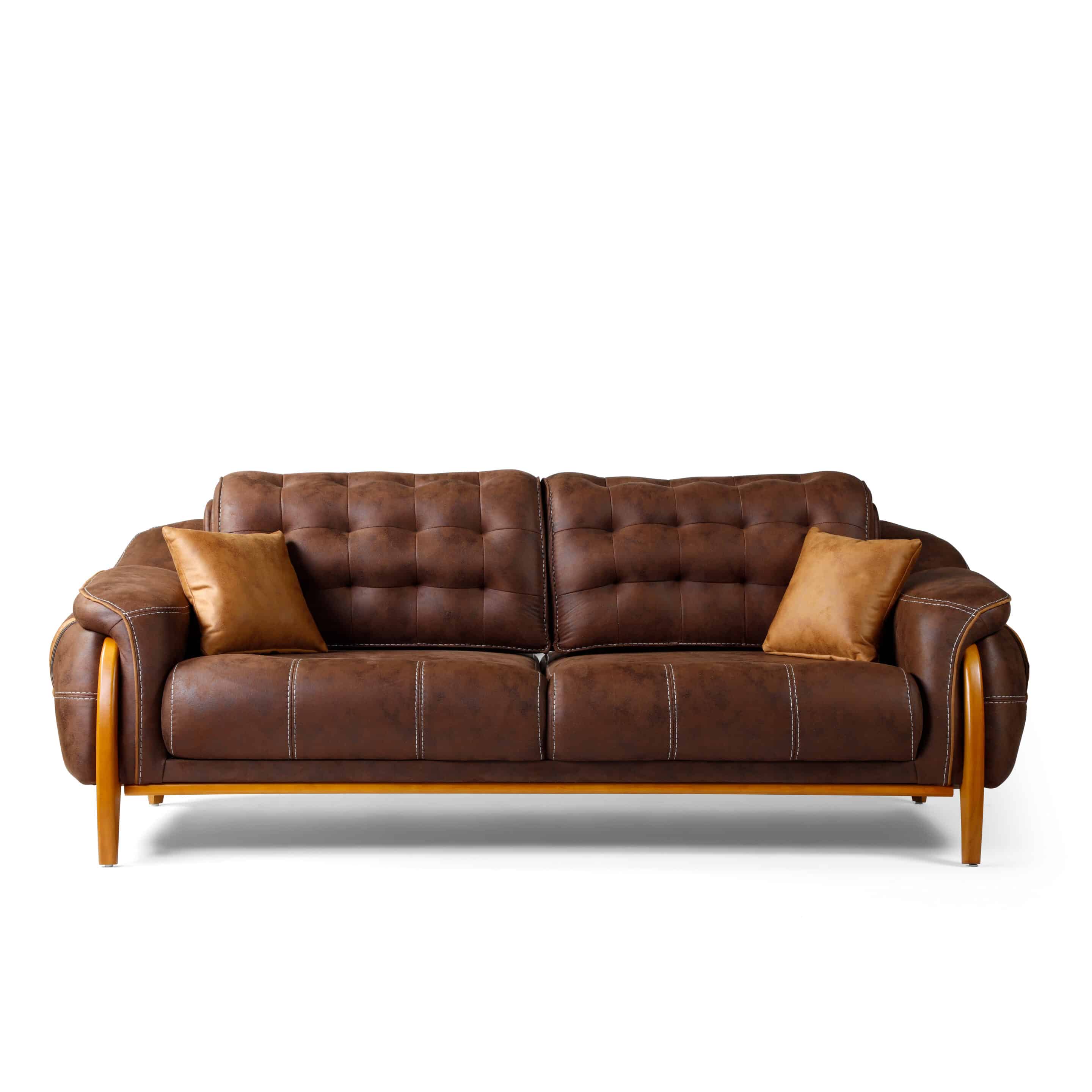Renew Your Design: Expert Upholstery Repair Near You
Renew Your Design: Expert Upholstery Repair Near You
Blog Article
The Ultimate Guide to Upholstery Fixing Techniques
In the world of furniture maintenance, the art of furniture repair is a skill that can revive damaged items and preserve valued belongings. As we browse the world of upholstery fixing methods, we run into a myriad of methods that can change a worn out couch or chair right into a refreshed focal point of a room. From assessing the damage to diligently repairing holes and rips, each step in the procedure holds the key to revitalizing furniture to its previous glory. Keep tuned as we unwind the ins and outs of this craft and unveil the secrets to understanding upholstery repair methods that will certainly boost your furnishings repair undertakings.
Assessing Upholstery Damage
When examining furniture damage, it is necessary to perform a complete exam to accurately establish the extent of the problems existing. This preliminary step is critical in developing a thorough fixing plan that deals with all elements of the damages successfully. Begin by aesthetically examining the upholstery for any type of noticeable tears, rips, stains, or discoloration. Keep in mind of the location and size of each blemish as this info will certainly direct the fixing procedure.
Next, evaluate the hidden structure of the furniture to look for any damage to the framework, springs, or cushioning. In some cases, the damages might not be right away noticeable on the surface however might significantly affect the overall honesty of the upholstery. By extensively taking a look at both the external furniture and interior elements, you can guarantee that all issues are identified and appropriately dealt with during the repair service process.
Additionally, think about the kind of upholstery product used as different fabrics and natural leathers may require details fixing methods. upholstery repair. Comprehending the material buildings will aid in picking the most suitable repair techniques and items to achieve optimum outcomes
Necessary Devices and Materials
To efficiently perform furniture repair services, having the suitable tools and products is vital for achieving professional results. Crucial tools for furniture repair work include a staple weapon for safeguarding textile, furniture needles and string for sewing, scissors for reducing textile, a rubber mallet for tapping in furniture components, and pliers for removing old staples and nails. Furthermore, having a textile pen for describing patterns, a joint ripper for downfall joints, and a warm adhesive gun for fast fixes can be beneficial. Materials such as furniture textile, foam cushioning, batting, and webbing are vital for changing worn-out components. It is also essential to have a selection of upholstery tacks, nails, and staples available for securing fabric and trim. Adhesives like textile adhesive or spray adhesive serve for certain repairs. By ensuring you have the necessary devices and materials prior to beginning an upholstery repair work project, you can work successfully and efficiently to recover furniture to its former splendor.
Preparing the Furniture Surface
Prep work of the furniture surface area is an essential preliminary action in ensuring the successful outcome of any kind of furniture fixing project. Before beginning any kind of repair, it is important to thoroughly clean the furniture surface to eliminate dust, dust, and any kind of other debris that might disrupt the adhesion of brand-new products. This can be done making use of a vacuum, a soft brush, or a wet cloth, depending upon the sort of furniture and the extent of dust existing.
When the surface area is tidy, any loose or damaged upholstery material, cushioning, or springs need to be carefully eliminated. This action is vital to ensure that the brand-new products adhere safely which the repaired furniture preserves a smooth and expert look. Furthermore, any old staples or tacks must be taken out, and the surface area needs to be checked for any architectural damage that might require to be attended to before waging the repair.

Fixing Rips and Openings
After ensuring the furnishings surface is without dirt, dirt, and particles and removing any type of loose or broken upholstery materials, the next step in furniture repair work entails attending to rips and holes in the material. Repairing tears and openings in furniture can help expand the life of your furnishings and restore its aesthetic appeal. One usual method for fixing little tears and holes is by using a needle and thread to sew the edges of the damaged area back together. For larger openings or rips, a patch of material can be made use of to cover and strengthen the broken area (upholstery repair). Textile adhesive or adhesive can also be used to protect the patch in position. It is necessary to meticulously match the shade and texture of the spot material to the original upholstery for a smooth repair. As soon as the tear or hole is repaired, make sure that the area is appropriately cleansed and dried prior to utilizing the furnishings once more to stop check my blog any additional damage.
Removing Odors and stains
Attending to persistent spots and lingering odors in upholstery calls for a targeted and detailed approach to guarantee efficient reconstruction of the fabric's appearance and quality. Stains can be triggered by various substances such as food spills, animal accidents, or beverage problems, while odors frequently originate from smoke, pet dander, or spills permeating the upholstery fibers. To deal with spots, it is important to identify the kind of tarnish first to apply the ideal cleaning option. For water-based spots, look at this website blotting with a blend of mild cleaning agent and water can be effective, while oil-based spots may require a solvent-based cleaner. Odors, on the other hand, necessitate a deeper cleansing process that includes reducing the effects of the source of the odor instead of masking it. Making use of sodium bicarbonate or specialized furniture deodorizers can assist remove smells properly. Sometimes, professional cleaning solutions might be needed for serious discolorations and odors that persist despite natural home remedy. Regular upkeep and timely interest to spills can help in avoiding ingrained discolorations and odors, maintaining the furniture's problem.

Final Thought
To conclude, mastering upholstery fixing methods calls for cautious analysis of damages, the usage of essential devices and materials, proper preparation of the furnishings surface area, and the skillful repair service of rips, discolorations, odors, and holes. By adhering to these steps, individuals can successfully restore and extend the life of their furnishings.

Necessary tools for furniture repair work consist of a staple weapon for securing textile, furniture needles and string for sewing, scissors for cutting fabric, a rubber club for tapping in furniture parts, and pliers for removing old staples and nails. By ensuring you have the essential devices and products before beginning an her explanation upholstery repair task, you can function successfully and efficiently to recover furniture to its previous glory.
Prep work of the furniture surface area is an important initial step in ensuring the successful result of any upholstery fixing task.After guaranteeing the furnishings surface area is complimentary of debris, dust, and dirt and getting rid of any kind of damaged or loose upholstery materials, the next action in upholstery fixing entails addressing tears and holes in the material - upholstery repair. Fixing tears and openings in upholstery can aid expand the life of your furniture and restore its visual allure
Report this page